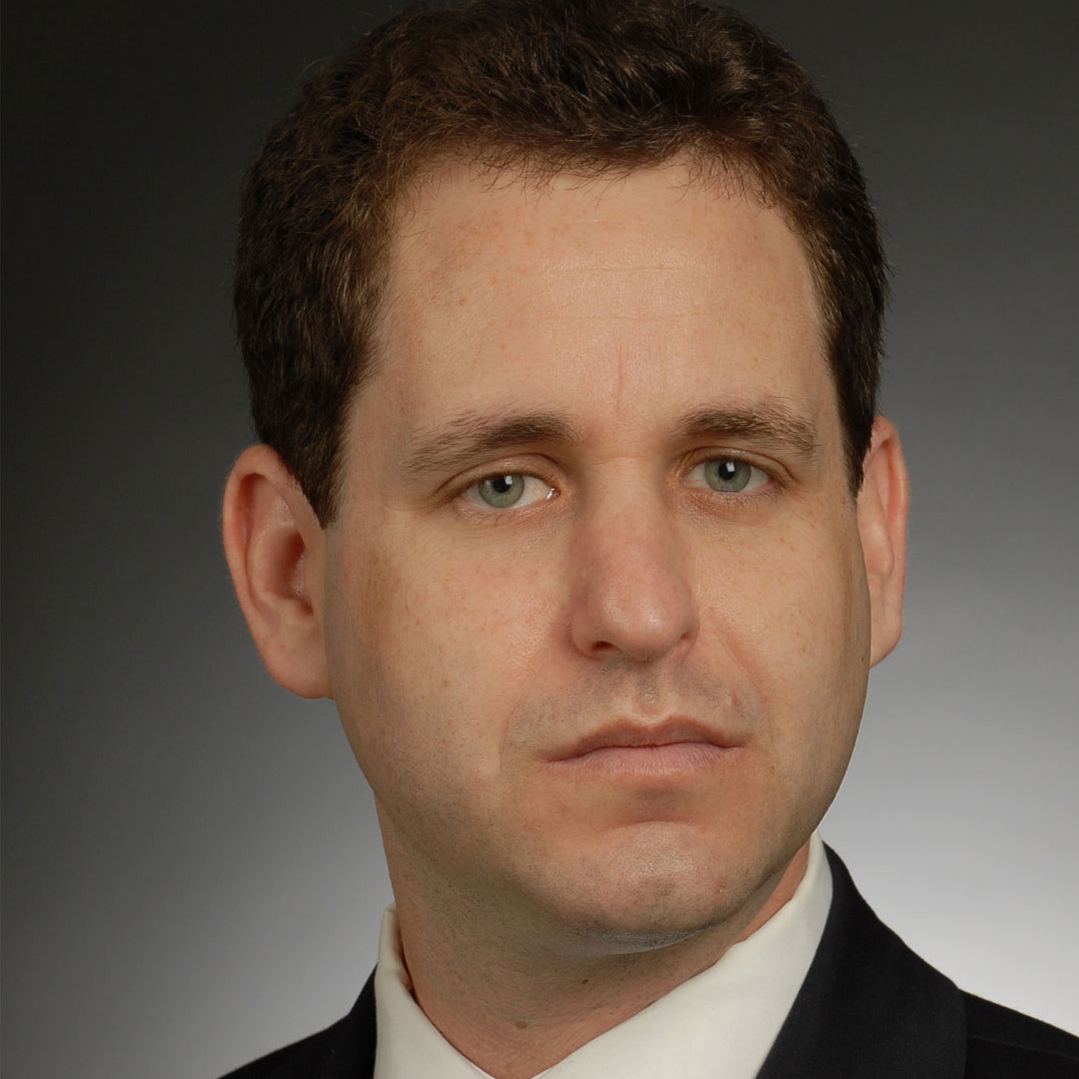Pandemic Prompts Refocus of Suicide Study at Cincinnati Children’s
Post Date: July 1, 2021 | Publish Date:

Researchers explore telehealth as a treatment option following $7.5 million award
The COVID-19 pandemic has prompted scientists at Cincinnati Children’s Hospital Medical Center to pivot their suicide prevention research efforts with a focus on telehealth.
They received a five-year research award totaling almost $8 million from Patient-Centered Outcomes Research Institute (PCORI) to explore treatment options for adolescents with suicidal thoughts. Suicide is one of the leading causes of death among adolescents in the United States. The pandemic has shifted much of medicine to telehealth, including psychiatric services.
“The timeliness of this research is based on the need for telehealth due to the pandemic; the mental health crisis in the adolescent population; and the dependence on technology,” says Drew Barzman, MD, Director of the Child and Adolescent Forensic Research Program at Cincinnati Children’s. Barzman is the principal investigator of the project.
This multi-site study will compare the outcomes of psychiatric treatment of suicidal adolescents in different treatment settings. Researchers aim to evaluate the safety and effectiveness of suicide prevention treatment delivered by telehealth during the pandemic.
“Being that we’re able to now look at the impact of COVID on mental health issues, it’s helpful for us to share this information with the mental health community at large,” says Jennifer Combs, senior research clinical coordinator and study project manager in the Division of Child Psychiatry at Cincinnati Children’s.
The research team is enrolling teens who come to the Emergency Department for a suicidal event. They are followed in three different treatment groups: inpatient care, outpatient in-person, or outpatient telehealth. The team will assess how well each treatment setting reduces the risk of suicidal events.
“What we’re really wanting to take a look at is how patients are doing three months and six months out after they receive these initial services and seeing if there’s a clinically significant difference among the different treatment options that are available to the teens who are experiencing suicidal thoughts,” Combs says.
“But even looking at outcomes two weeks after acute treatment in the hospital or clinic will be important since this transition period can be a high risk period of time for adolescents with suicidal thoughts,” Barzman added.
Their long-term goal is to dramatically improve outcomes among adolescents with suicidal thoughts. Study participants and their guardians complete surveys every two weeks based on a suicide severity rating scale. Participants also answer treatment and life satisfaction surveys following the crisis.
“Working with suicidal adolescents is a difficult group to work with because there’s a lot of risk associated with it. Our study team has done a lot of work on identifying new safety protocols and follow ups with families. They’re getting real time safety information about how their child is doing,” Barzman says. “It’s a safety net, providing that needed extra support by monitoring the suicidal events, monitoring symptoms, and also alerting the parent when there is a safety concern in real time.”
Visit the PCORI website to learn more about the grant.
Read more about school violence prevention research at Cincinnati Children’s
Read more about suicide prevention research at Cincinnati Children’s and the Oak Ridge National Lab
Learn more about our COVID Anxiety app







